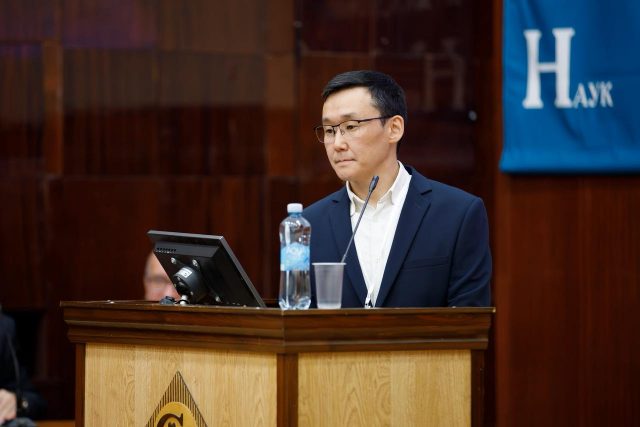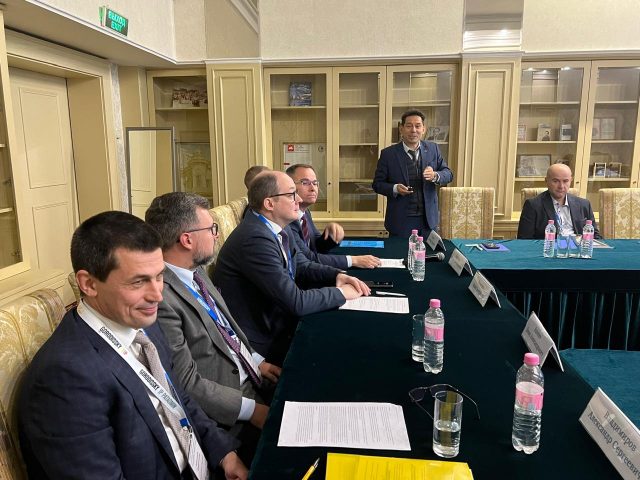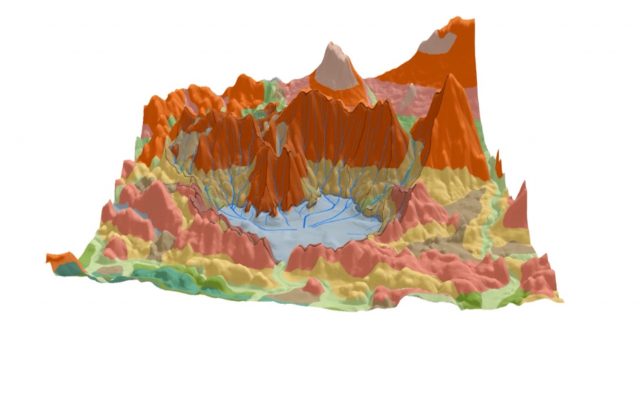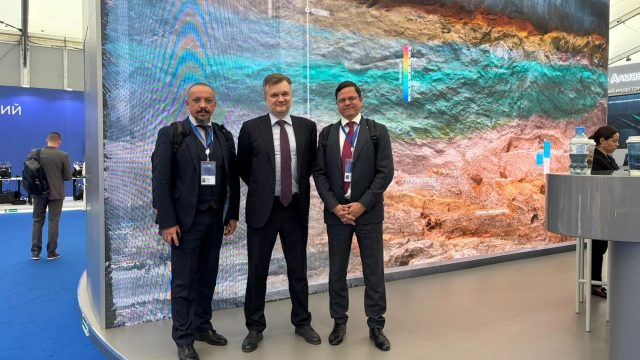Abdullah Ibrahim Adbulmumin: “Kazan is a very beautiful city, and locals are very amicable”
As part of our Second Home project, this time we present a winner of the Open Doors competition and first-year master’s student of petroleum engineering. A Door to the Future Abdullah, 22, came to Russia from Nigeria last November to study thanks to his success in the Open Doors International Olympiad. This competition is held by the...
Cooperation agreement signed with Russian Gas Society at 14th Saint Petersburg International Gas Forum
The large-scale meeting takes up October 7th to 10th. The program includes more than 110 events, including conferences, roundtables, panel discussions, seminars, workshops, and exhibitions. It brings together 34,000 participants from 54 countries, including leading experts in the gas industry and related fields, representatives of federal and regional government agencies, and universities. On the first day of...
Matvey Semyonov speaks about gas hydrate research at Production, Preparation, and Transportation of Oil and Gas International Conference in Tomsk
His plenary report Research of Hydrate Formation of Associated Petroleum Gas was featured at the big event dedicated to the 55th anniversary of the Institute of Petroleum Chemistry of the Siberian Branch of the Russian Academy of Sciences. The researcher shed light on the influence of promoters on the hydrate formation process. "A significant portion of associated...
Vladislav Sudakov contibutes to Big Conference on Field Development in Moscow
Deputy Director for Marketing at the Gazpromneft-KFU Center and Head of the Laboratory of Carbon Dioxide Utilization in Underground Natural Reservoirs visited the event on 1st and 2nd October. The event covered current issues in the development of complex and mature fields, methods for enhancing oil and gas recovery, the use of artificial intelligence and digital...
Seminar on Securing New Developments in the Oil and Gas Industry in Russia and the Middle East: Trends and Realities held in Kazan with KFU’s participation
The event was organized by the law firm Gorodissky & Partners and KFU. Representatives of the oil and gas industry, universities, and intellectual property consultants gathered at the Korston Hotel and Conference Center to discuss intellectual property protection. Ildus Chukmarov, Deputy Director for Continuing Education and Industrial Partnerships, addressed the audience on behalf of Kazan University. "We are...
IGPT seeking points of mutual interest with Norilskgazprom
The guests arrived on 30 September. During the visit, KFU's interactions with industrial partners were discussed. The focus was on cooperation with Norilskgazprom, represented by Ildar Ibragimov, Deputy General Director for Industrial Asset Management, and Artyom Ganin, Head of the Enhanced Gas Recovery and Well Workover Department. The delegation also included Ramil Bariev, Project Manager for Oilfield...
Digital model of Turgoyak Lake presented in new paper
Scientists have created a digital model of Lake Turgoyak, "Baikal's little brother," located in the Southern Urals. The new scientific data is presented in Georesursy. "Lake Turgoyak is a unique natural feature and one of the largest reservoirs of drinking water in the Southern Urals. It is prized for the purity and transparency of its water. The...
KFU oilers represented at TNF 2025 Forum in Tyumen
Kazan Federal University was represented at the 10th Industrial and Energy Forum TNF-2025 on September 15th to 18th, which brought together leaders and experts from Russia’s fuel and energy sector. Mikhail Varfolomeev, Director of the Low Tonnage Chemical Technology Park, represented the alma mater. One of the country’s largest platforms brought together representatives of oil and...
Technology of bitumen characterization in unconventional rocks presented in new paper
The Laboratory of Enhanced Oil Recovery published its research in Fuel. “Shale rocks, especially such as the Bazhenov formation and Domanik deposits, are rich in organic matter and have been actively studied in recent years by both scientists and oil industry specialists. However, studying such rocks remains a difficult task. Oil, bitumen, kerogen and water coexist...







